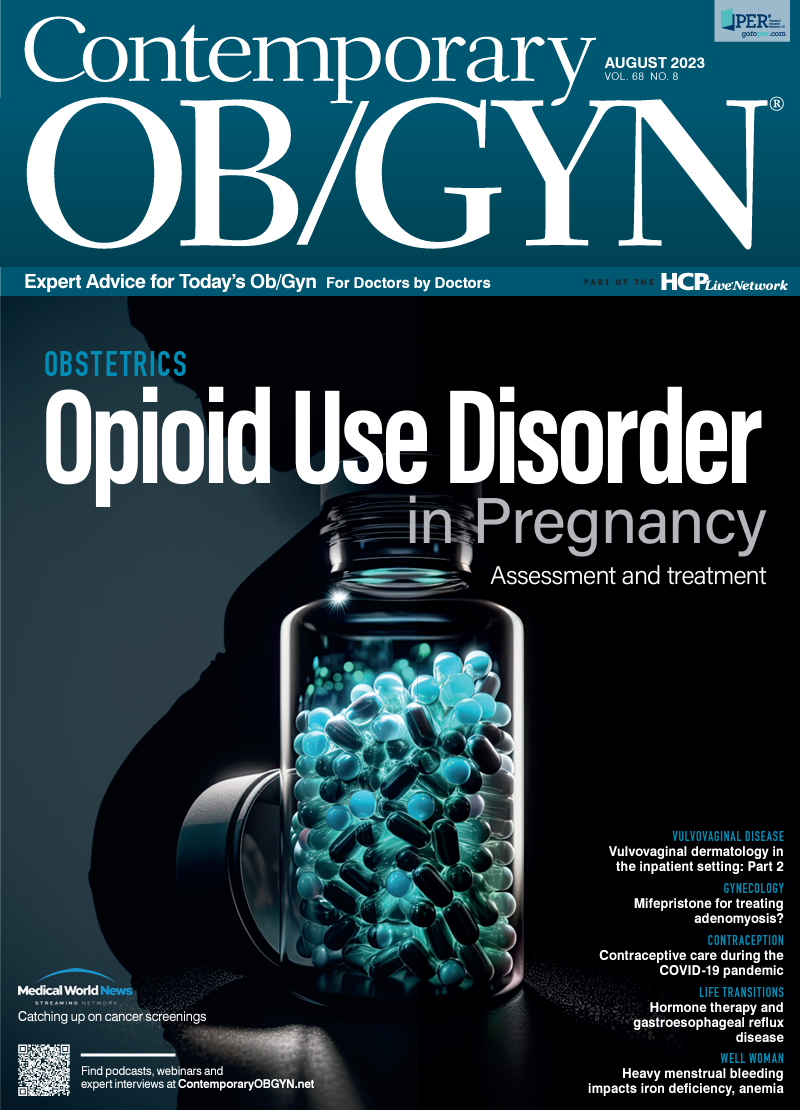Obstetrics and gynecology through the looking glass
The past few years have seen significant changes to the health care landscape, but how can physicians in obstetrics and gynecology adapt?
Obstetrics and gynecology through the looking glass | Image Credit: © bernardbodo - © bernardbodo - stock.adobe.com.

I want to share some observations on the impact that the last several years—including the COVID-19 pandemic, changes in political landscapes, and the economy, among others—have had on our profession and the ramifications for the future. I firmly believe that the future can be bright for all of us, but it will require significant change and effort.
These changes have had far-reaching effects on physicians and health care systems. As obstetrician-gynecologists, we have faced unique challenges due to continuous need to provide care to women throughout the crisis. Deliveries persist regardless of the pandemic. We, as providers, faced increased workloads both during and after the pandemic—the latter due to an influx of patients seeking delayed or deferred care. The strain on resources, combined with the need for infection control measures, has posed significant challenges in delivering timely and high-quality care.
To provide care during the pandemic, telehealth and virtual care were rapidly implemented. As providers, we had to quickly adapt to provide remote consultations, monitoring pregnancies and gynecologic conditions and managing nonurgent conditions virtually. This shift opened new avenues for care delivery but also presented challenges in terms of technology infrastructure, patient access, and reimbursement policies.
The pandemic and changes to our political landscape have also taken a toll on the mental well-being of our physicians. The physical and emotional strain of providing care during these crises, coupled with the heightened risks of infection and the trauma of handling pregnancy and gynecologic complications, impacted our mental health. The long-term effects of these challenges on career satisfaction, burnout rates, and retention are a concern.
Further, these situations have facilitated a shift in priorities across the globe requiring providers to reprioritize their work, focusing on urgent and essential care while deferring or adapting nonessential procedures. This shift in priorities highlighted the need for flexibility and adaptability in the face of unforeseen circumstances. As a result, many obstetric and gynecologic providers are now finding themselves reevaluating their career trajectories and exploring opportunities to diversify their skill sets to better address future health care challenges.
These last few years have left an indelible impact on physicians and their careers in obstetrics and gynecology. As health care systems transition, we must adapt to new challenges and opportunities. The adoption of technology and emphasis on mental health are key to navigate the new normal. Moreover, it is crucial for health care systems and policymakers to provide adequate support, resources, and mental health programs to safeguard the well-being and career satisfaction of ob-gyn physicians. Understanding the impact of the pandemic on physician career choices are critical for the specialty. By addressing these implications, we can build a resilient and patient-centric ob-gyn workforce that meets the evolving needs of women’s health care in the years to come.

Importance of reproductive health services for adolescents during the COVID-19 pandemic
October 30th 2024In a recent study, high rates of reproductive health service use were reported among adolescent mothers, indicating the benefits of this model for providing care when other options are unavailable.
Read More
S4E1: New RNA platform can predict pregnancy complications
February 11th 2022In this episode of Pap Talk, Contemporary OB/GYN® sat down with Maneesh Jain, CEO of Mirvie, and Michal Elovitz, MD, chief medical advisor at Mirvie, a new RNA platform that is able to predict pregnancy complications by revealing the biology of each pregnancy. They discussed recently published data regarding the platform's ability to predict preeclampsia and preterm birth.
Listen
HP-hMG stimulation reduces OHSS risk in high responder patients
October 25th 2024A recent study found that highly purified human menotropin significantly lowers the risk of ovarian hyperstimulation syndrome compared to recombinant follicle stimulating hormone, highlighting the benefits of protocol individualization based on gonadotropin type.
Read More
Racial disparities in high-risk endometrial subtype diagnoses reported
October 24th 2024In a recent study, Black patients were significantly more likely to present with high-risk endometrial subtypes for endometrial cancer, highlighting disparities in access to tumor next generation sequencing.
Read More
